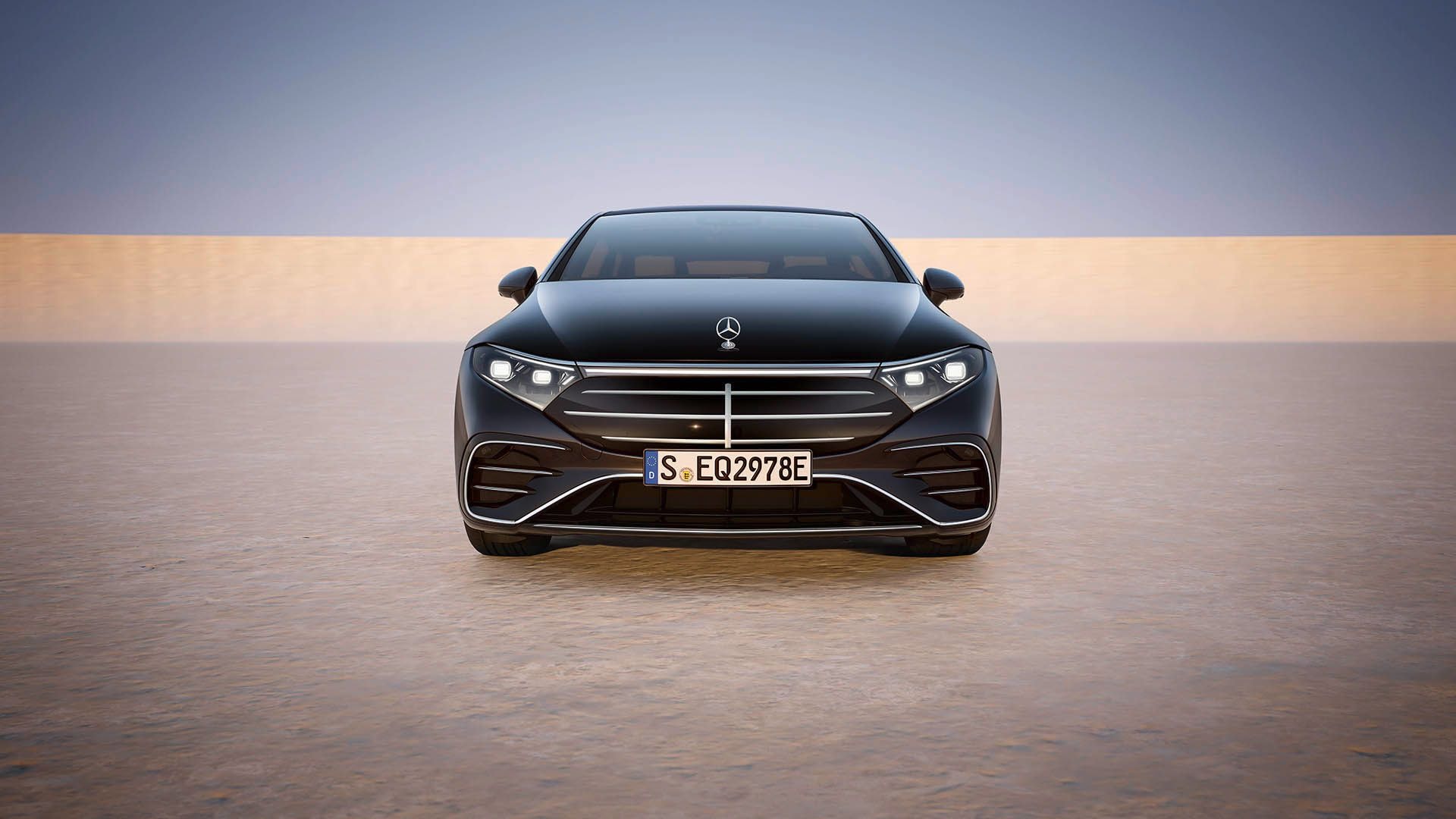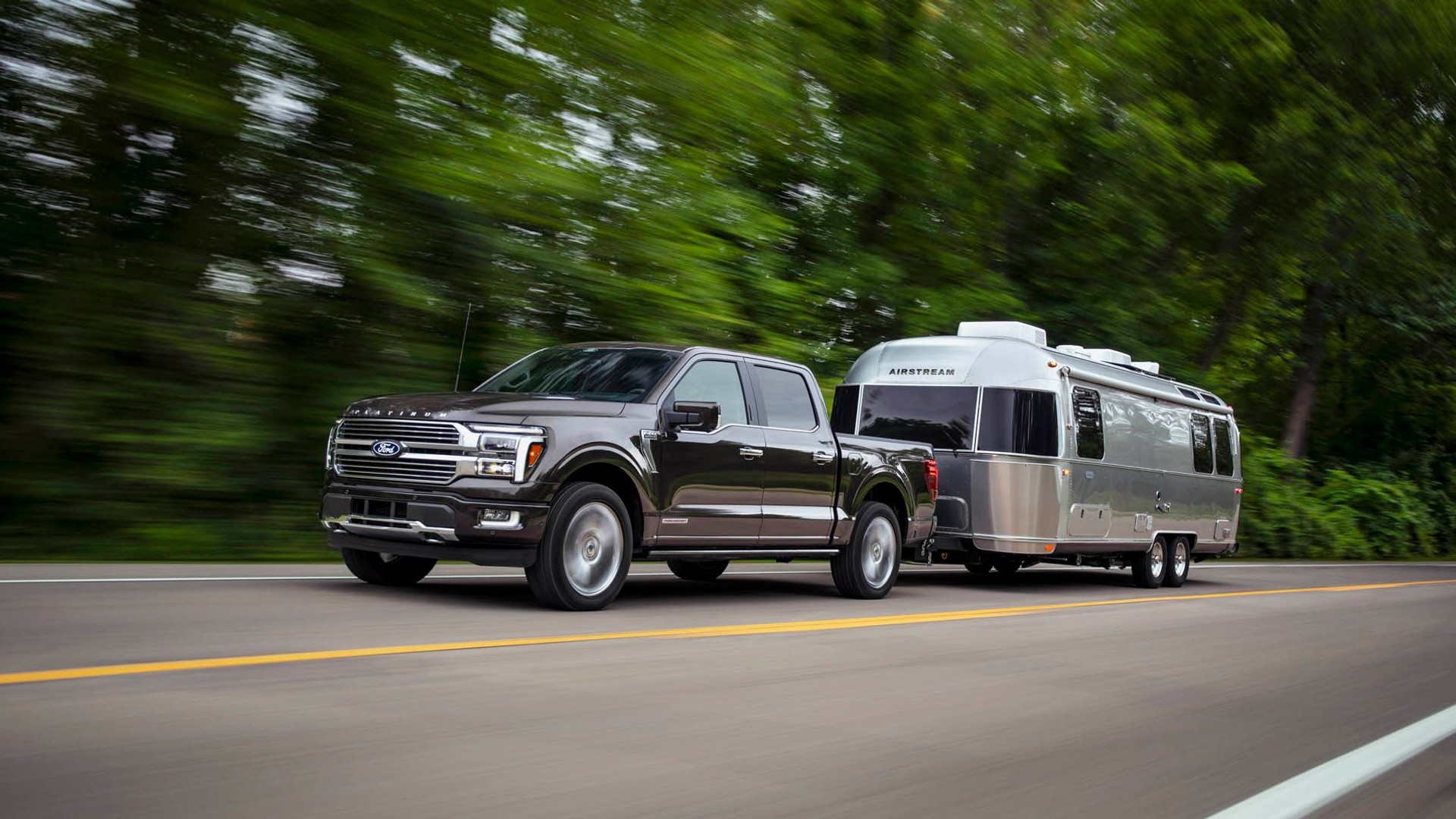If you drive a hybrid or plug-in vehicle, chances are you're already familiar with 'green tires'.
Also known as low rolling resistance tires, they're becoming an increasingly popular way of improving the fuel efficiency of cars, both in dedicated green vehicles and even regular cars.
That popularity is only set to increase, reports Wards Auto.
As gas prices rise, tires which claim to reduce gasoline consumption up to between 5-7 percent help drivers eke every last drop from their gas tank.
It's even more important in Europe, where gas prices are frequently double that in the U.S.--and some industry sources predict market penetration for green tires will be between 70-80 percent by 2022.
Up until recently, there has been a drawback to low rolling resistance tires--wet grip levels.
The rubber compounds designed to reduce resistance as the car drives along don't work as well in colder or wet weather.
Chemical company Lanxess has developed a tire it says can offer both benefits--low resistance to improve gas mileage, and good wet weather grip and braking capabilities.
That will make it a high scorer on Europe's new tire labeling system, which rates tires in two main categories--efficiency and wet weather grip. Running from A to G ratings, the new Lanxess tire is expected to rate AA, topping both tables.
As for the tire labeling system, it's designed to give consumers an easy chart by which to compare one of the most important components on your car. A similar rating system is already used in Europe on cars themselves, and was first started to rate the efficiency of refrigerators, televisions and other consumer goods.
Do you have green tires on your car? And should the U.S. have a tire rating system similar to that in Europe?
Let us know your thoughts in the comments section below.
+++++++++++













